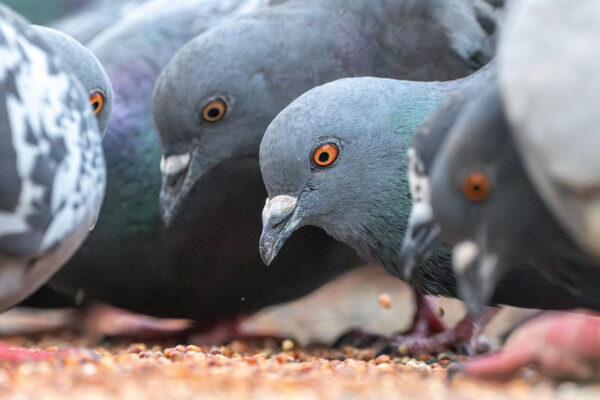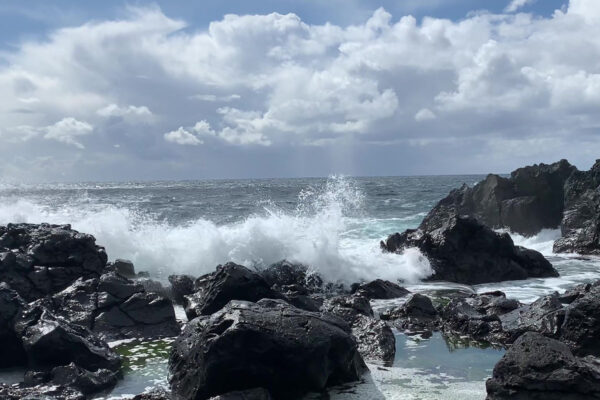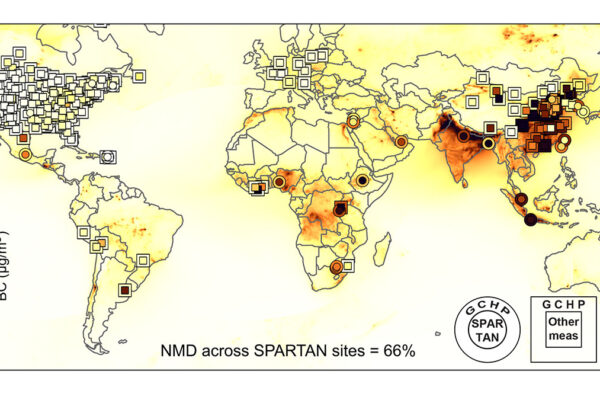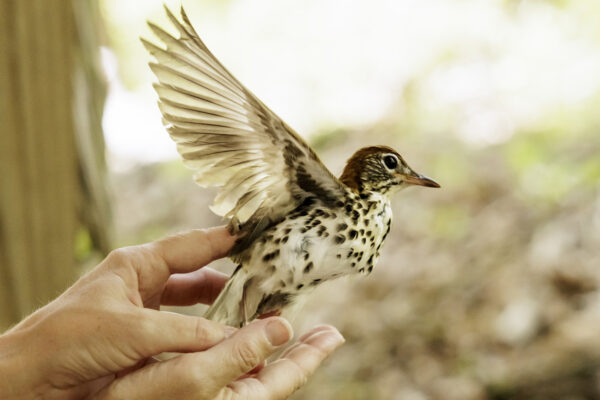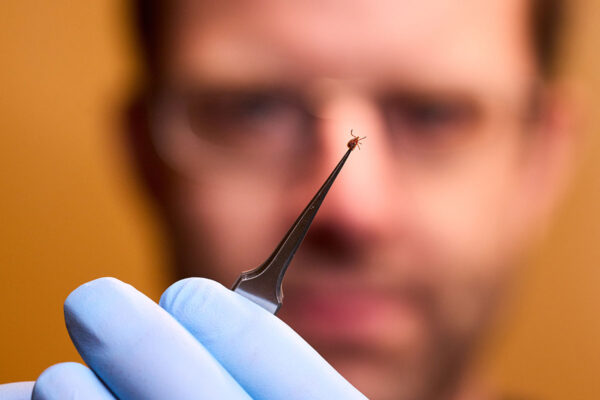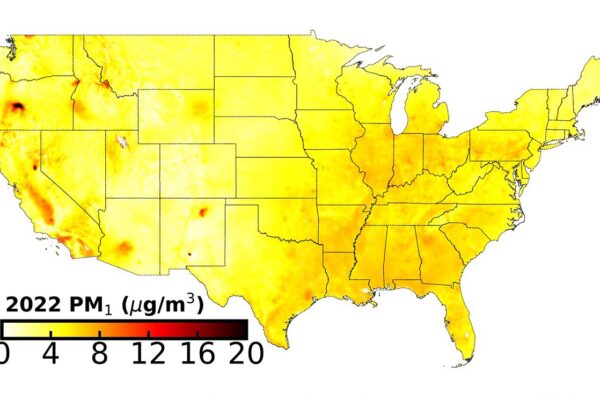How harmful bacteria hijack crops
Researchers at Washington University in St. Louis have identified the protein involved in costly plant infestations, pointing the way to possible protections.
Pigeons of St. Louis: A new look at a cosmopolitan bird
Wildlife researchers at Washington University in St. Louis tracked pigeons in two cities to see what affects their density.
When waves meet the shore, sea spray levels up
Researchers at Washington University in St. Louis find sea spray concentrations, used in measuring cloud formation, can vary widely and estimates made from shore should not apply to lower levels of spray on the open ocean.
The heaviness of water
As the western U.S. faces decreasing water supplies, WashU alumni are helping negotiate how this precious resource will be managed and shared in years to come.
Black carbon emissions underestimated in ‘global south’
Researchers at Washington University in St. Louis have used a variety of models to measure ambient concentrations of black carbon in the “global
south” and found estimates of these harmful emissions have been grossly underestimated.
Sun exposure changes chemical fate of littered face masks
Researchers at Washington University in St. Louis reveal that discarded face masks undergo photochemical changes, influencing their surrounding environment.
Winged migration
St. Louis sits on the Mississippi Flyway — the largest migratory pathway used by birds in North America. In this photo story, learn about a long-term study of migratory birds led by volunteers at WashU’s Tyson Research Center that is yielding new data on bird longevity and migration patterns.
Religion, politics and war drive urban wildlife evolution
The downstream consequences of religion, politics and war can have far-reaching effects on the environment and on the evolutionary processes affecting urban organisms, according to a new analysis from Washington University in St. Louis.
How to stay safe from ticks and mosquitoes in the Midwest
Before venturing out into the woods, a nearby park or even your backyard, keep an eye out for mosquitoes and ticks, which can be vectors, or carriers, for pathogens that can cause disease. Scientists at WashU’s Tyson Research Center explain the risks and how to stay safe.
Tiny and toxic: Researchers track smaller air pollution particles across US skies
To help understand air pollution health effects, researchers in St. Louis quantified how the amount of submicron particles in the air has changed over the past 25 years.
Older Stories

